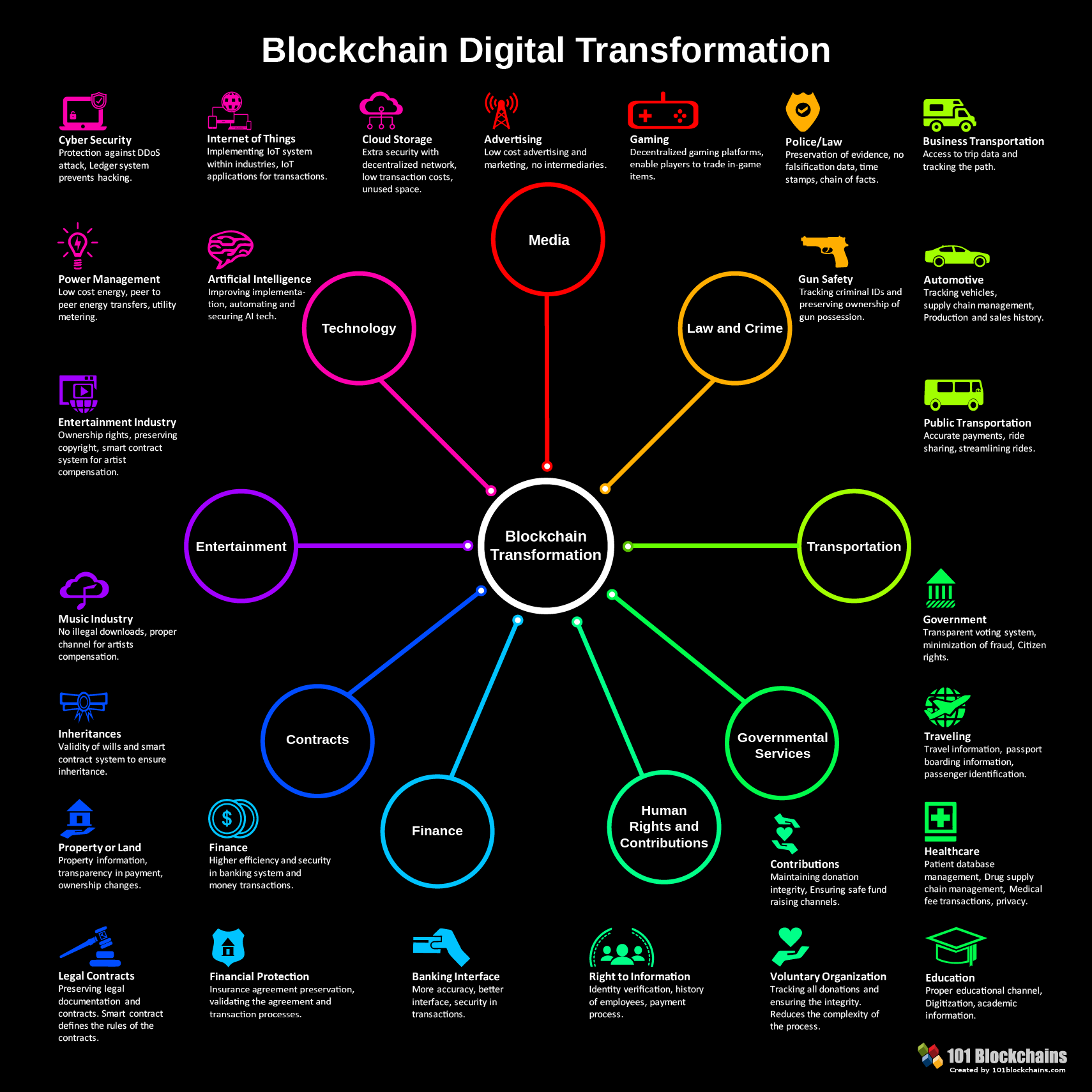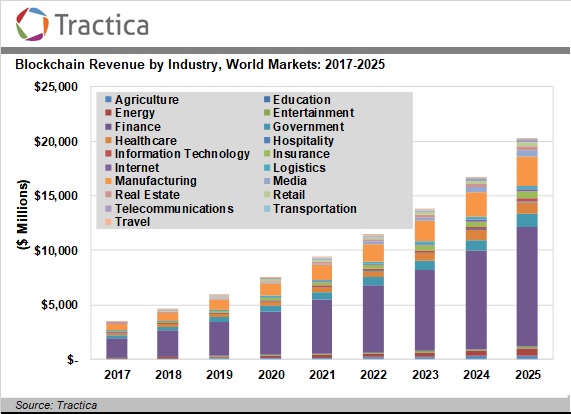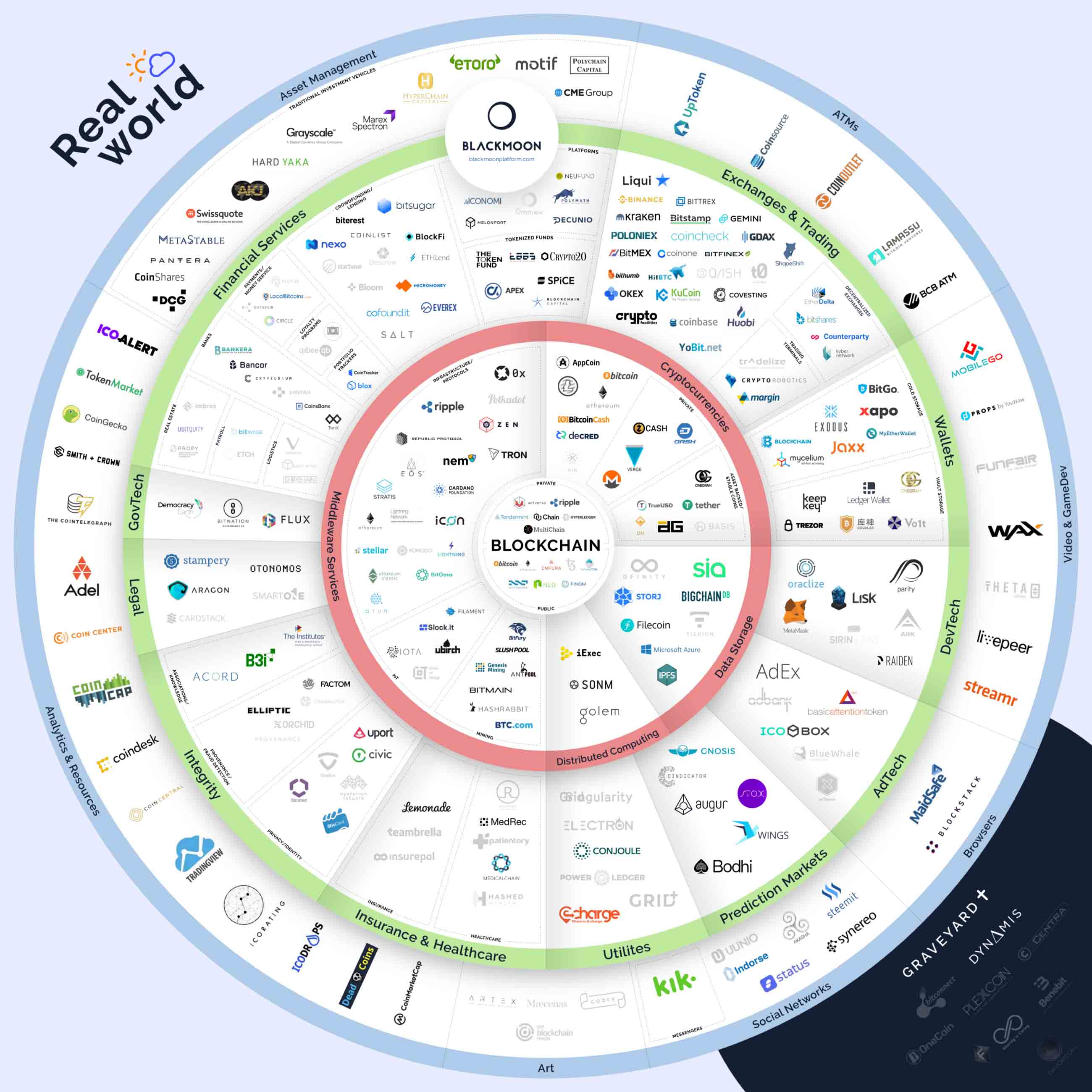Blockchain technology has been the guideline of many debates and evaluations about the future of the financial sector. It is clear that it is a concept with the potential to change the logic of the market and create new business opportunities.
Blockchain can be defined as a digital system of nodes that act in parallel and allow self-certification and exchange of information. Technically it is a process of adding cryptographically signed data blocks to form perpetual and immutable records.

That is to say, it is a chain system of blocks, used mainly in cryptocurrencies such as the famous Bitcoin or Ethereum, which allows online transactions without the need of an intermediary thanks to “smart contracts” guaranteeing an agreement between two parts. This system based on parallel and simultaneous processing of information is extremely safe.
The data of the transactions after registered cannot be falsified or deleted, and are stored in a history that contains all operations since its creation: a kind of digital account book that records transactions and information in a verifiable and permanent way.
The concept of blockchain arose to support the Bitcoin protocol, but is no longer limited to the monetary sector. The blockchain goes beyond the application to currencies, because it allows registering any type of financial transaction, which can be bonds, shares, transfer of property and any type of right or obligation.
Since the Blockchain technology was created primarily to support virtual currency transactions such as Bitcoin, its use was initially for the financial sector. However, over the years, the new technology has been developed and is now incorporated in most industries.
A 2018 study by Tactrica indicated that the 5 main sectors of the industry for the adoption of blockchain would be: finance, manufacturing, governments, health care and insurance. In 2019, those predictions are happening.

It is expected that the top 10 business use cases for business blockchain will be:
- Trade finance
- International currency transfer
- Syndicated loans
- Post trade: compensation and settlement
- Automated compliance
- M2M IoT asset management
- Payments
- Crowdfunding + VC
- Supply chain management
- Patient registration management
For researchers Sander Duivestein and Patrick Savalle, bitcoin and blockchain technology are the third technological democratization of our era.
“The first came thanks to the internet, and enabled the democratization of information. The second democratization began with 3D printing, it is the democratization of manufacturing in which factories became obsolete. They are no longer needed to build a product Now we are about to meet the third democratizing force, the democratization of money and finance, there will be no more monopolies controlling our money or our business. “
That impacts the financial sector, generating new business opportunities. The big challenge of the companies is to adapt to this new scenario, with agility, but with a lot of security that is the key point of the sector.
Some relevant numbers of what the blockchain achieved and will achieve in the upcoming years:

- The financial sector has spent a total of USD 552M on blockchain in 2018 and the distribution and services sectors invested almost USD 379M.
- 90% of North American banks and European banks are investing in blockchain to make their services more secure and transparent. According to Accenture, banks could save around USD 8-12 billion annually with this technology.
According to some Wintergreen studies, the global blockchain market was valued at USD 708M in 2017 and is expected to reach USD 60 billion by 2024.
In this image you can have an idea of the ecosystem that is around the blockchain and its main actors:

The blockchain technology can and should be seen as a strategic ally and not as a competitor of financial companies. “This technology is not going to make banks disappear, but it will allow them to explore new niches and market areas,” says Antonio García-Lozano, consulting leader of Grant Thornton, in an interview with the newspaper.
The blockchain will remain during 2019 as one of the first ten strategic trends to consider in the industrial and government spheres globally.
A BBVA report from the end of 2019 indicates that the next steps and challenges for the blockchain in 2019 are summarized in 3 words: privacy, scalability and sustainability.
The third wave of Blockchain will have to solve the slowness of transactions, generating the capacity to increase transactions per second, maintaining security, and achieving scalability.
It is necessary on the other hand, the establishment of private channels between the different actors that make use of technology, granting privacy.
Sustainability will be centered on moving from the current financing model, based on ICOs in the past and exhausted years, towards a model in which companies receive a constant flow of money over time for the different services and operations, and thus be more sustainable.



